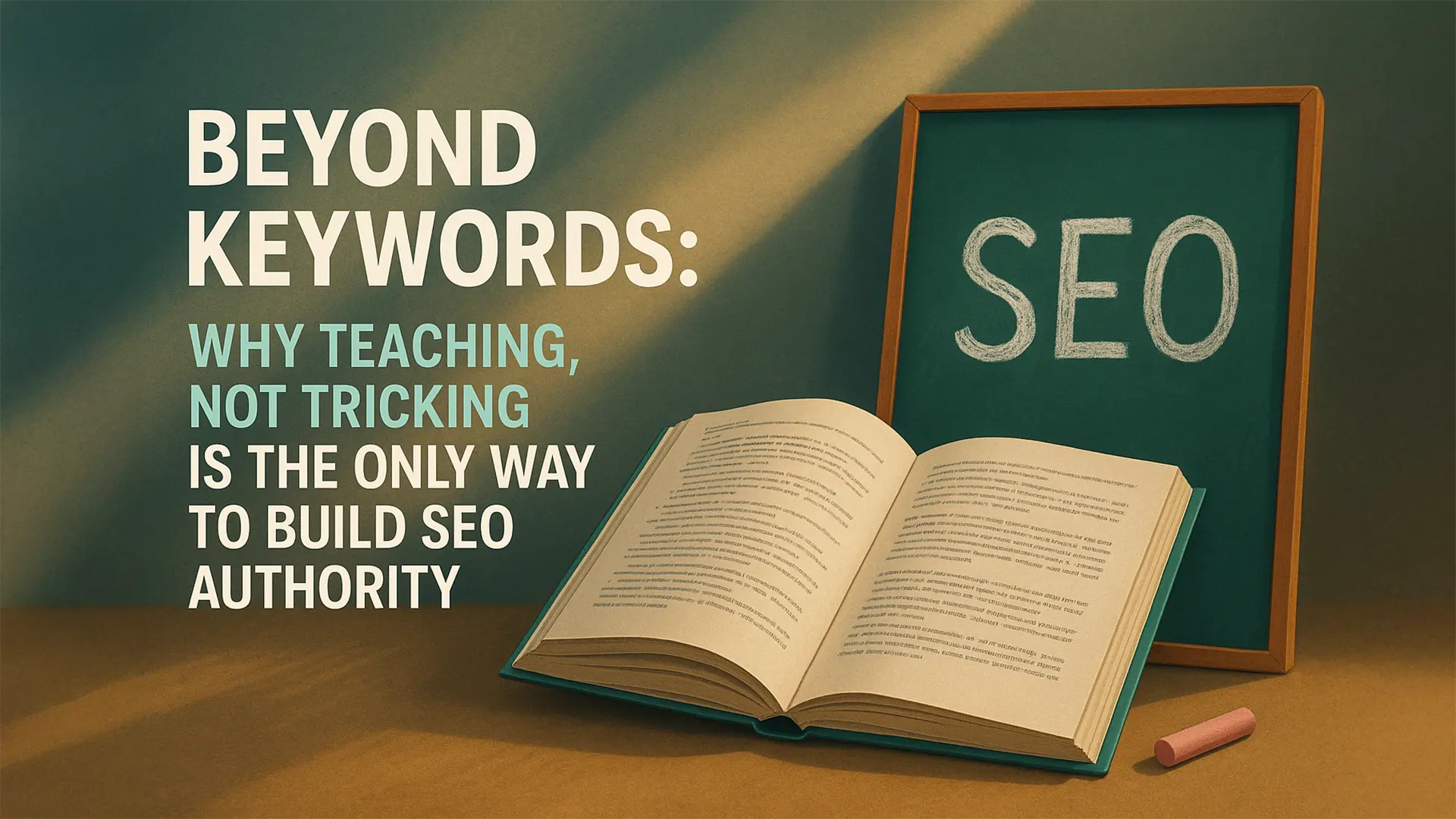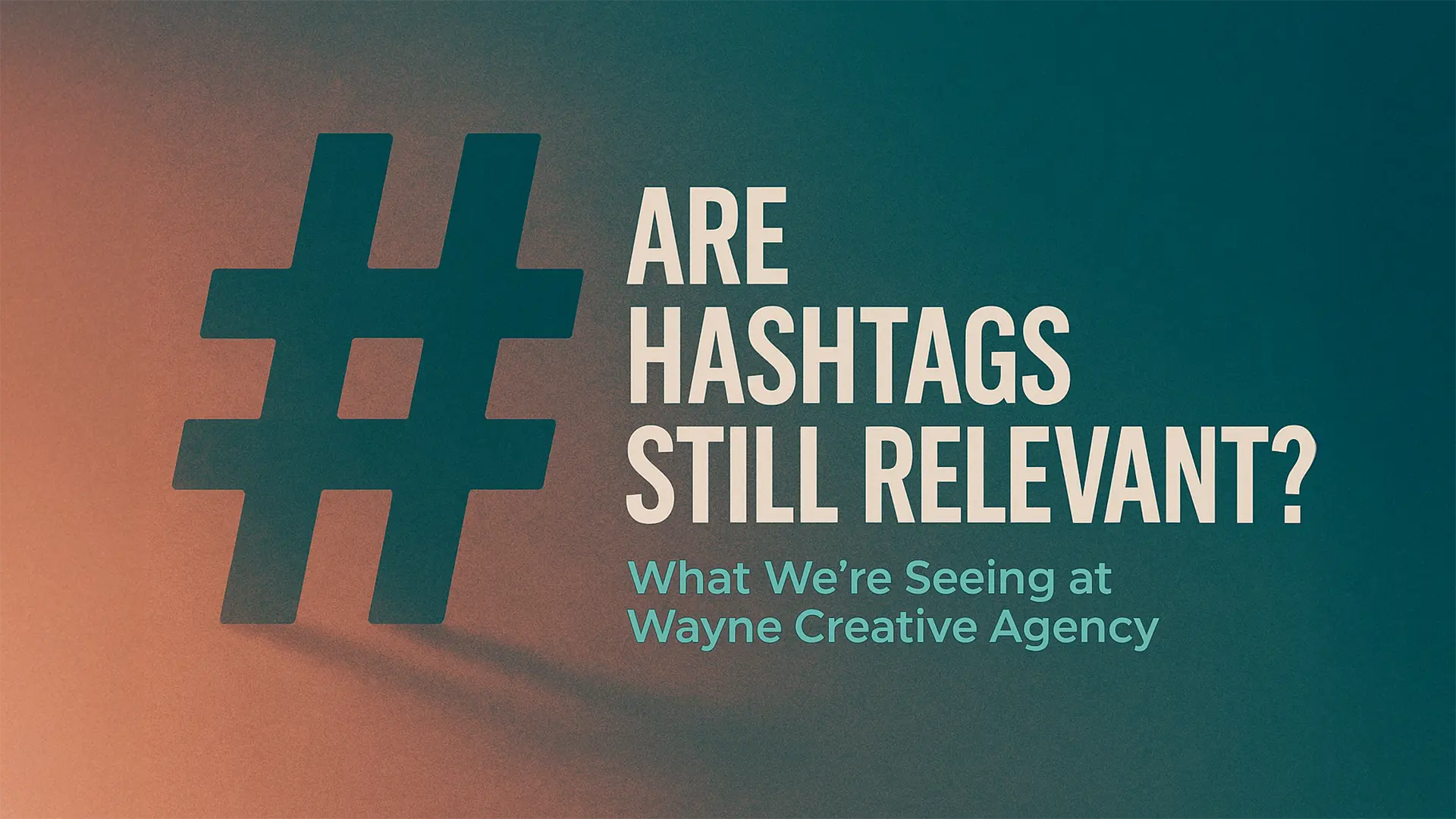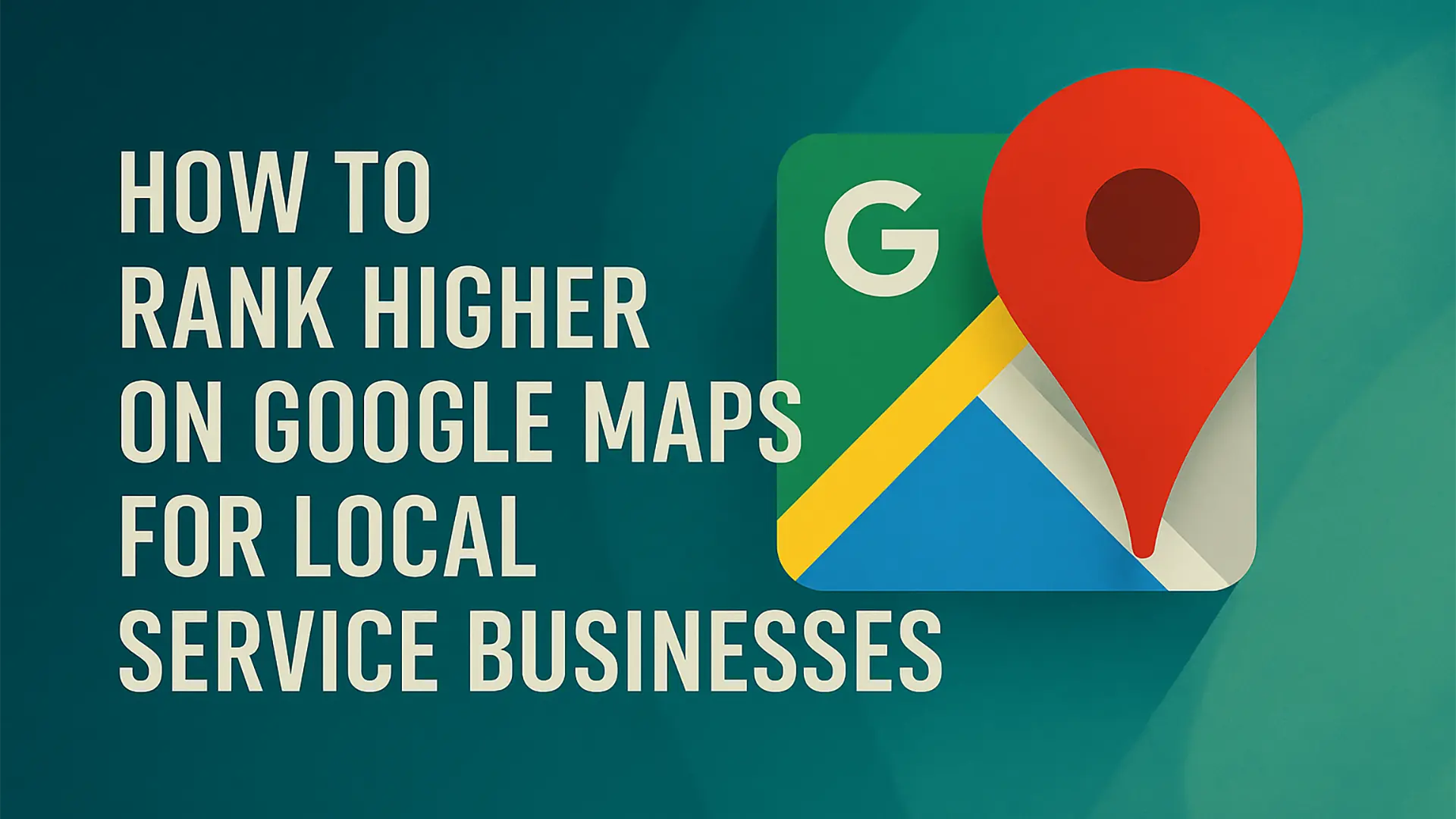Hey everyone, Tyler Small here from Wayne Creative Agency, right here in North Fort Myers, FL. I want to talk to you about something that’s been on my mind a lot lately. In the world of website design and digital marketing, the ground is shifting beneath our feet. The old ways of doing things, especially with SEO, just don’t cut it anymore.
We used to think of SEO as a game of tricks and keywords. Now, we have to think like teachers. This isn’t just a slight change; it’s a complete content mindset overhaul. It’s time to embrace entity-based SEO, and to do that, you have to start writing like you’re teaching a class.
Old SEO vs. New SEO
For a long time, SEO was pretty straightforward, and honestly, a bit robotic. You’d find a keyword, like “best website design North Fort Myers,” and then you’d sprinkle it throughout your page, hoping to rank. We called it keyword stuffing, and it was about as subtle as a foghorn. The goal wasn’t to provide value to a person; it was to hit a checklist for a search engine bot.
The new SEO is different. It’s not about a single keyword anymore; it’s about semantic relationships. This means we’re thinking about the entire topic—the people, places, and ideas related to it. Instead of just “website design,” we’re considering “user experience (UX),” “responsive design,” “search engine optimization,” and “conversion rates.” The search engines, especially with the rise of AI, are getting smarter. They don’t just see words; they see a web of connected concepts. They’re looking for true understanding, not just a list of keywords. The shift is from trying to trick the algorithm to trying to provide real clarity for the user.
Keyword Stuffing vs. Semantic Relationships
Let’s look at a concrete example.
- Old SEO: A local plumbing company wants to rank for “emergency plumber.” They might create a page with a title like “Emergency Plumber North Fort Myers FL: Call Our Emergency Plumbers for Emergency Plumbing Service.” The content would repeat “emergency plumber” dozens of times.
- New SEO: The same company creates a page titled “24/7 Emergency Plumbing Services in North Fort Myers, FL.” The content focuses on related concepts (entities) like “burst pipes,” “sewer backups,” “water heater repair,” and “leak detection.” It also includes information about the service area, the type of plumbers on staff, and a clear call to action, showing a comprehensive understanding of the topic.
Think Like a Teacher
The best way to adapt to this new mindset is to put on your teacher’s hat. Imagine you’re explaining a complex topic to a new student. What would you do?
Anticipate Questions
A blog post about “how to choose a website design company” shouldn’t just list services. It should answer questions a potential client might have, such as: “How much does a website cost?” “How long does the process take?” and “What is the difference between a template and a custom design?” By addressing these directly, the content is more valuable and authoritative.
Define Terms Clearly
When writing about website design, you might use the term “SSL certificate.” Instead of assuming your reader knows what that is, you could write: “An SSL certificate is a digital certificate that creates a secure, encrypted connection between a web server and a user’s browser. It’s what makes a website ‘secure,’ and you can tell if a site has one by the padlock icon in the browser bar.”
Use Examples and Analogies
To explain the concept of user experience (UX), you could use an analogy. For example, “Think of a website’s UX like a physical storefront. Is it easy for customers to find what they’re looking for? Is the checkout process smooth and intuitive? A good UX is the digital equivalent of a clean, well-organized store where every customer has a pleasant shopping experience.”
Link Your Concepts
In this new world, internal linking is no longer just a way for users to navigate your site. It’s a critical tool for helping AI understand the context of your content.
Think in Clusters, Not Silos
Let’s say a digital marketing agency wants to become an authority on social media marketing.
- Pillar Page: A long, comprehensive guide titled “The Ultimate Guide to Social Media Marketing for Small Businesses.” This page covers the topic broadly.
- Cluster Content: Several shorter, more specific articles that link back to the pillar page, such as: “How to Create a Social Media Content Calendar,” “10 Instagram Marketing Strategies for Local Businesses,” and “Using Facebook Ads to Drive Website Traffic.”
- Internal Linking: The pillar page would link out to these specific articles, and each of the cluster articles would link back to the main pillar page, and to other relevant cluster pages. This creates a cohesive network that tells search engines, “This site is a deep resource on social media marketing.”
Define Your Entities
An entity is a person, place, thing, or idea that is distinct and identifiable. In SEO, it’s a concept that search engines can understand and categorize.
Explicitly Naming and Describing Entities
- Without Entity-Based SEO: “We offer website design services in Fort Myers, FL.”
- With Entity-Based SEO: “Wayne Creative Agency is a website design and digital marketing agency based in North Fort Myers, FL. We specialize in creating custom websites using platforms like WordPress and Shopify, and our team includes expert designers and developers who work with local businesses across Southwest Florida.” This version provides specific entities like “Wayne Creative Agency,” “WordPress,” “Shopify,” “Fort Myers,” and “Southwest Florida,” giving search engines much more context.
Using Schema Markup
You can use LocalBusiness schema to define your entity to search engines. For example, you’d add a small piece of code to your website that looks something like this:
<script type="application/ld+json">
{
"@context": "https://schema.org",
"@type": "LocalBusiness",
"name": "Wayne Creative Agency",
"address": {
"@type": "PostalAddress",
"streetAddress": "123 Main St",
"addressLocality": "North Fort Myers",
"addressRegion": "FL",
"postalCode": "33917"
},
"telephone": "(239) 555-1234"
}
</script>
This code provides search engines with a clear, machine-readable definition of who you are, where you’re located, and how to contact you.
Build Trust Through Structure
Finally, a teacher’s greatest tool is a clear, logical structure. This is also how you build trust with your audience and with search engines.
Clear Headings and Logical Flow
A well-structured article would use clear headings. For a post about marketing, the flow might be: “What is Marketing?”, followed by “The Importance of a Marketing Funnel,” and then “Key Marketing Channels (Email, Social, SEO).” This structure makes the content easy to scan and understand, building trust and authority.
So, next time you sit down to write, don’t think about keywords. Think about your audience. Think about what they need to learn. Write like a teacher, and your content—and your business—will thrive.
Frequently Asked Questions (FAQ)
The main difference is the shift from keywords to entities. Old SEO focused on repeating specific keywords to rank higher. New SEO, or entity-based SEO, focuses on providing comprehensive, valuable content about a topic and all its related concepts (entities), which search engines now prioritize.
An entity is a distinct, identifiable concept—a person, place, thing, or idea. In the context of SEO, it’s a specific topic or sub-topic that search engines can understand and categorize. For example, “website design,” “WordPress,” and “North Fort Myers” are all entities.
Writing like a teacher means you should focus on clarity and value. This involves:
Anticipating questions your audience might have.
Clearly defining any jargon or technical terms.
Using examples and analogies to explain complex ideas.
Structuring your content with clear headings and a logical flow.
A content cluster is a group of interconnected articles on your website. It consists of one main, comprehensive “pillar” page on a broad topic and several smaller, supporting articles that delve into specific sub-topics. All these pages link to each other, creating a network of information that establishes your site as an authority on the topic.
Schema markup is a type of code you can add to your website to explicitly define your content’s entities for search engines. It helps algorithms understand who you are, what you do, and where you’re located. This provides a clear, machine-readable definition that strengthens your authority and improves your chances of ranking for relevant queries. For example, using LocalBusiness schema tells Google your company’s name, address, and phone number.
No, keywords are still important, but their role has changed. Instead of focusing on a single keyword, you should research and use a broader range of semantically related keywords. The goal is to provide a complete answer to a user’s search intent, not just to match a specific query. Keywords are now a tool for understanding what topics to cover, not just a target to stuff into your content.




